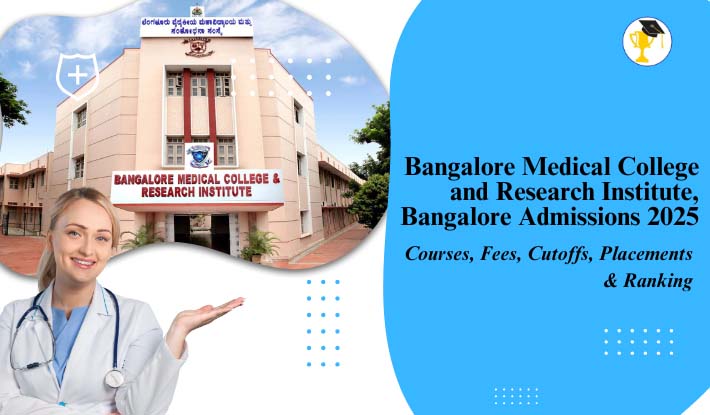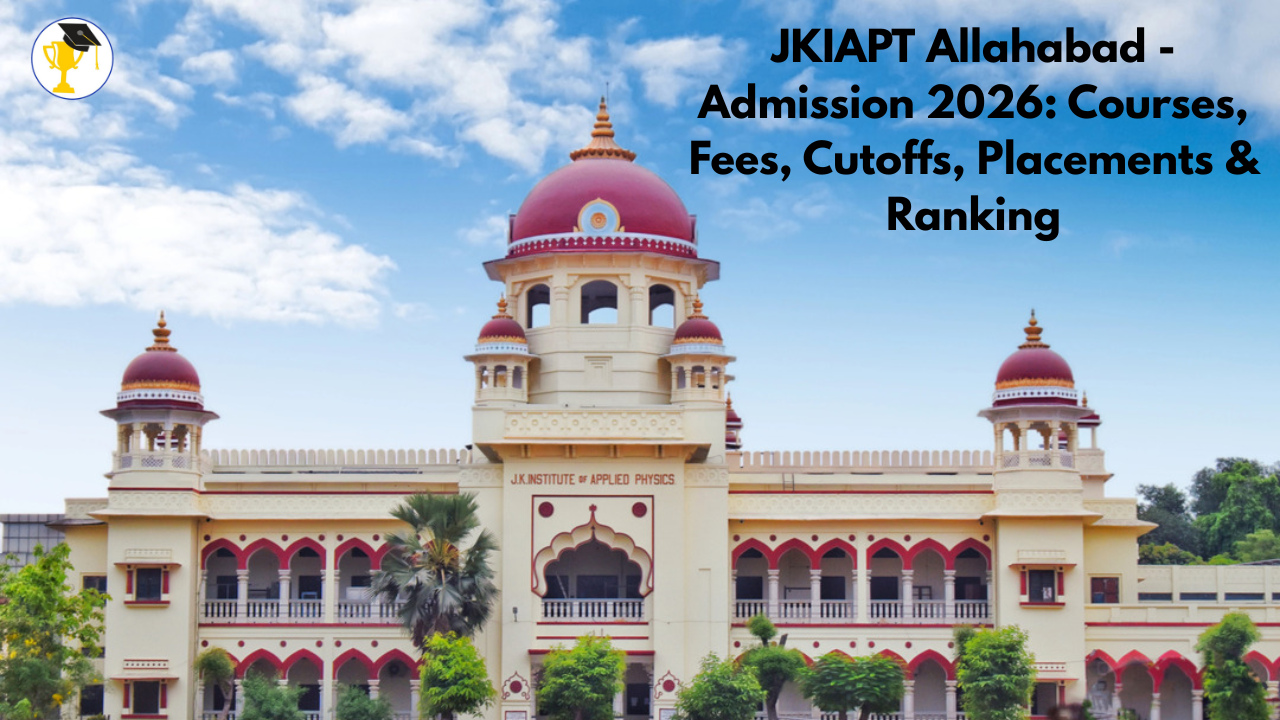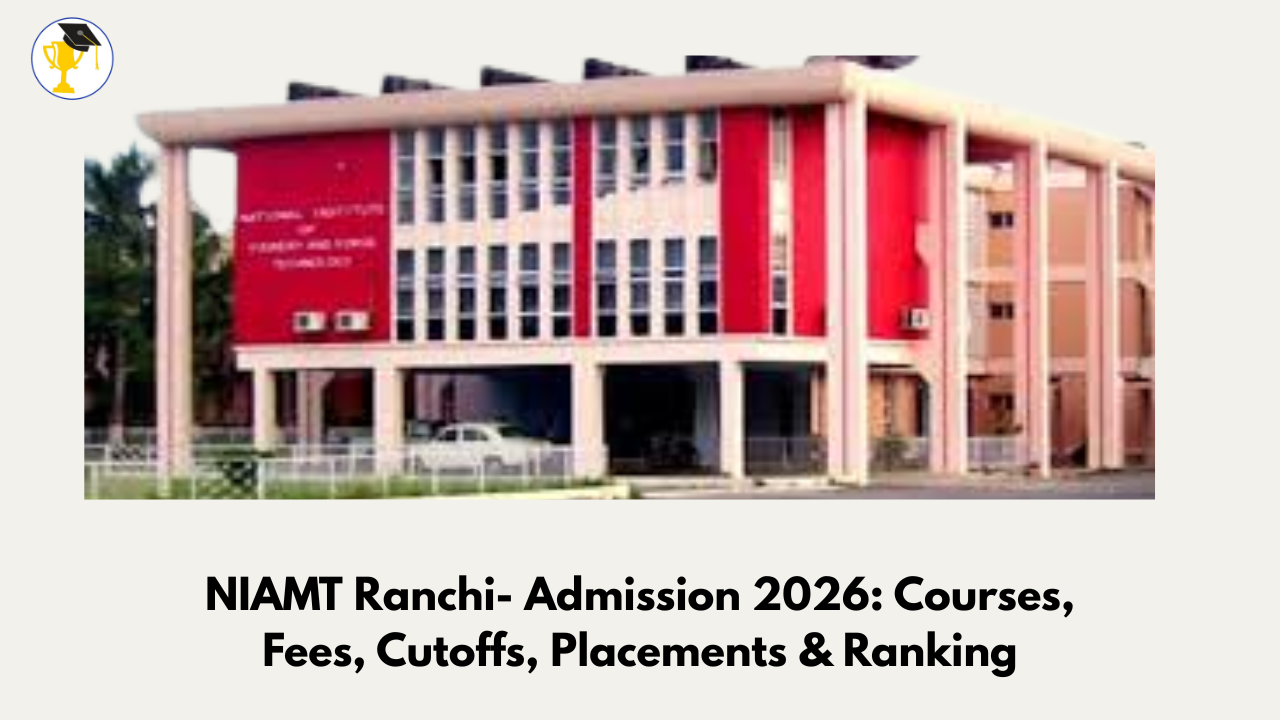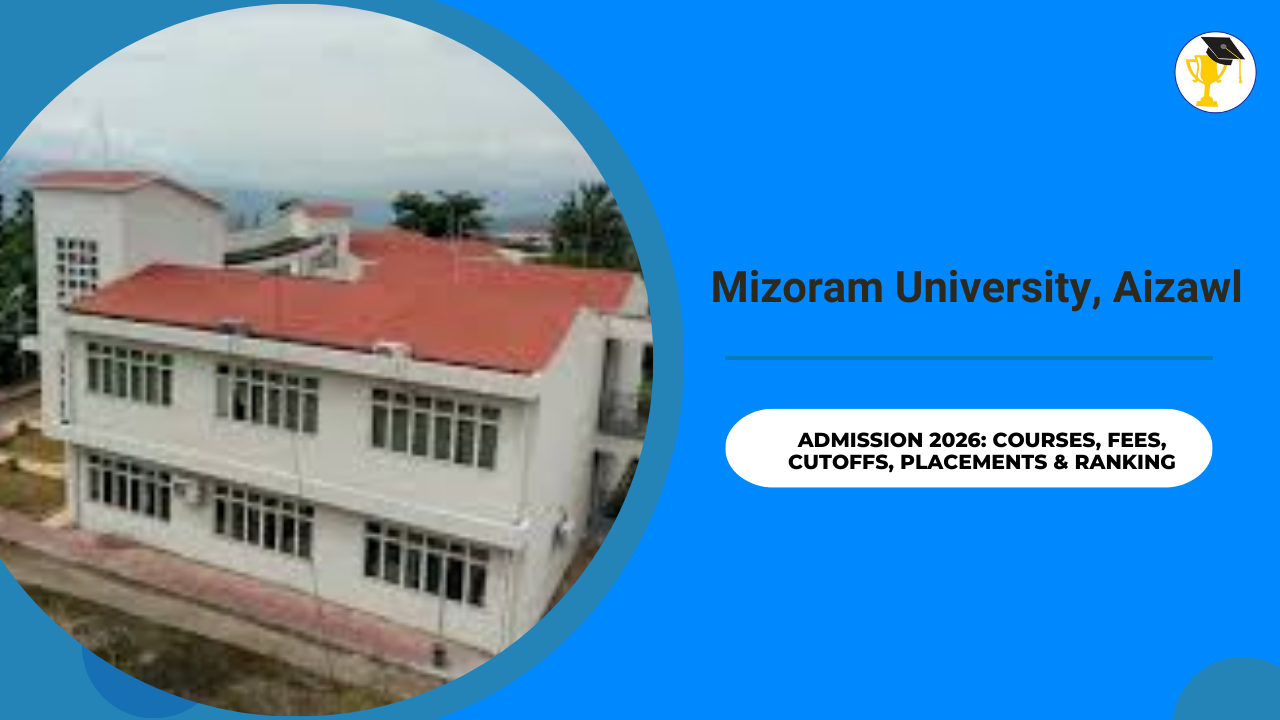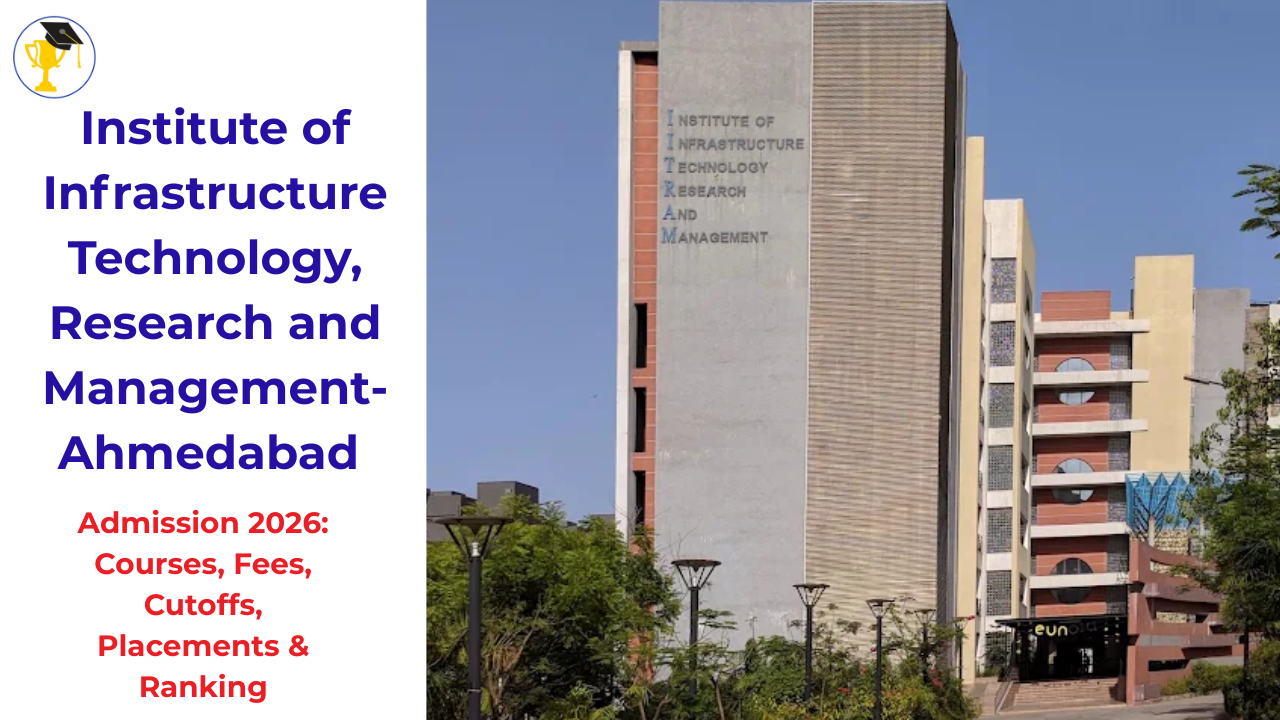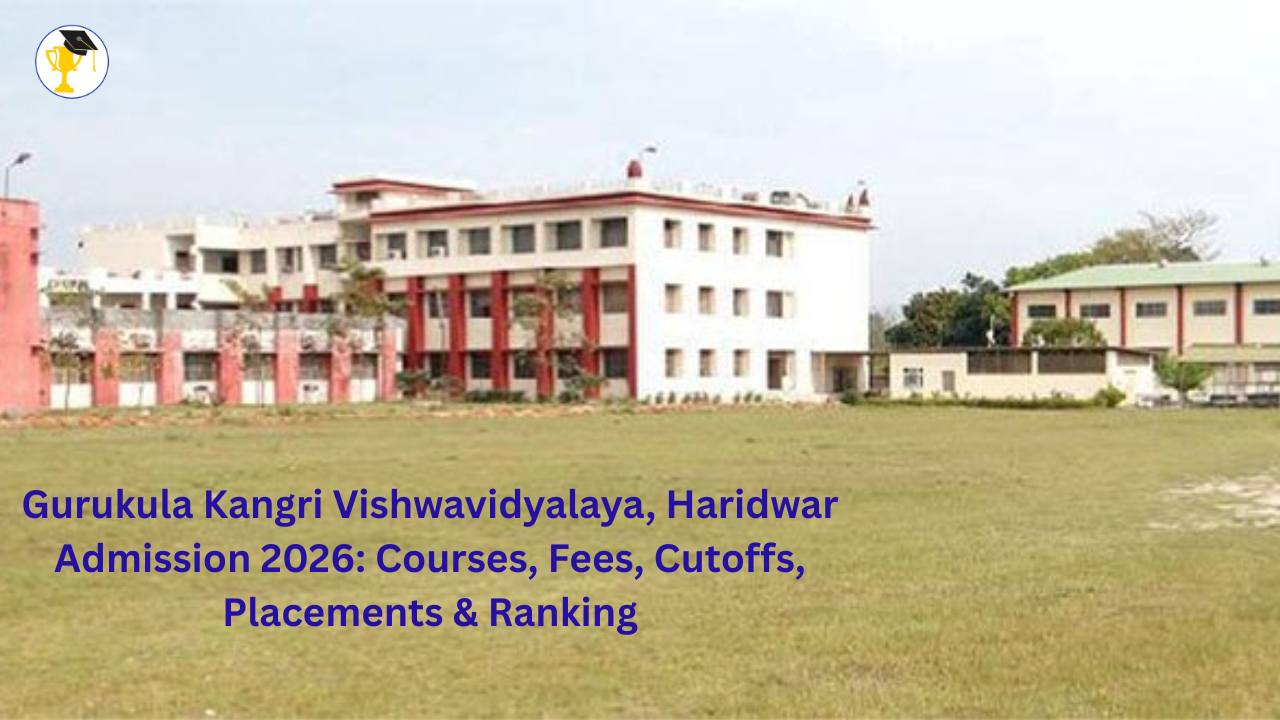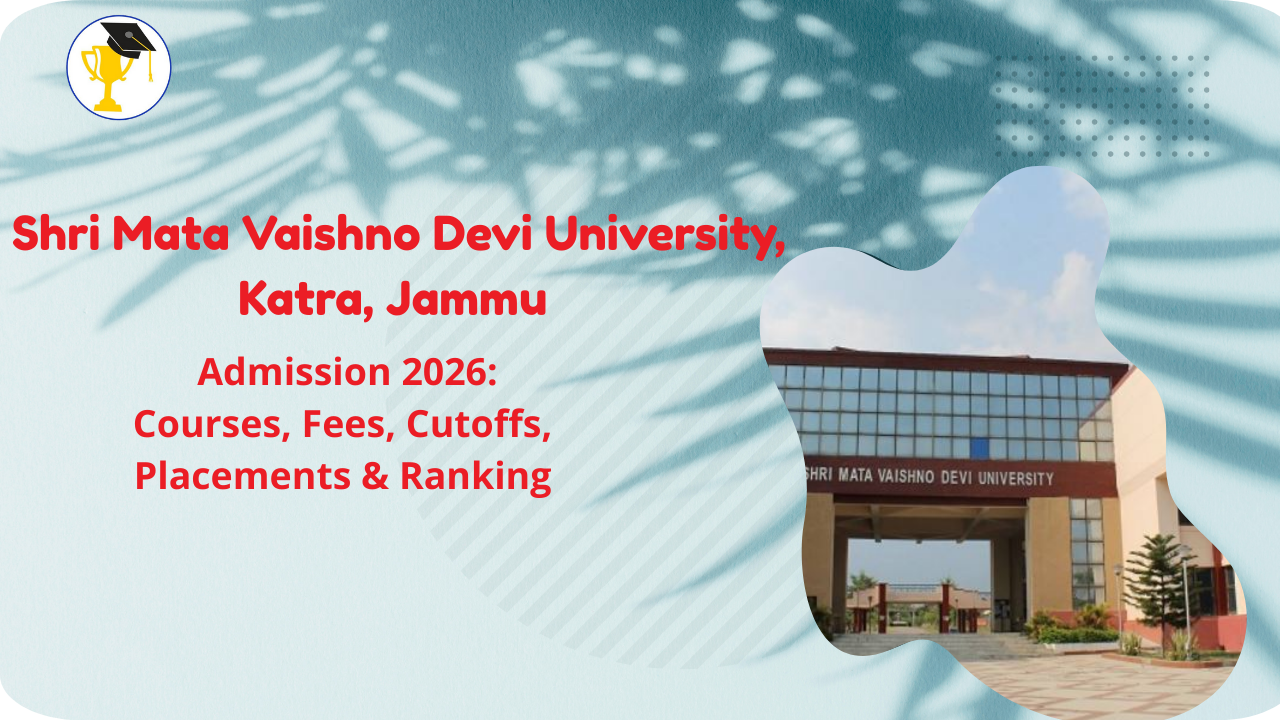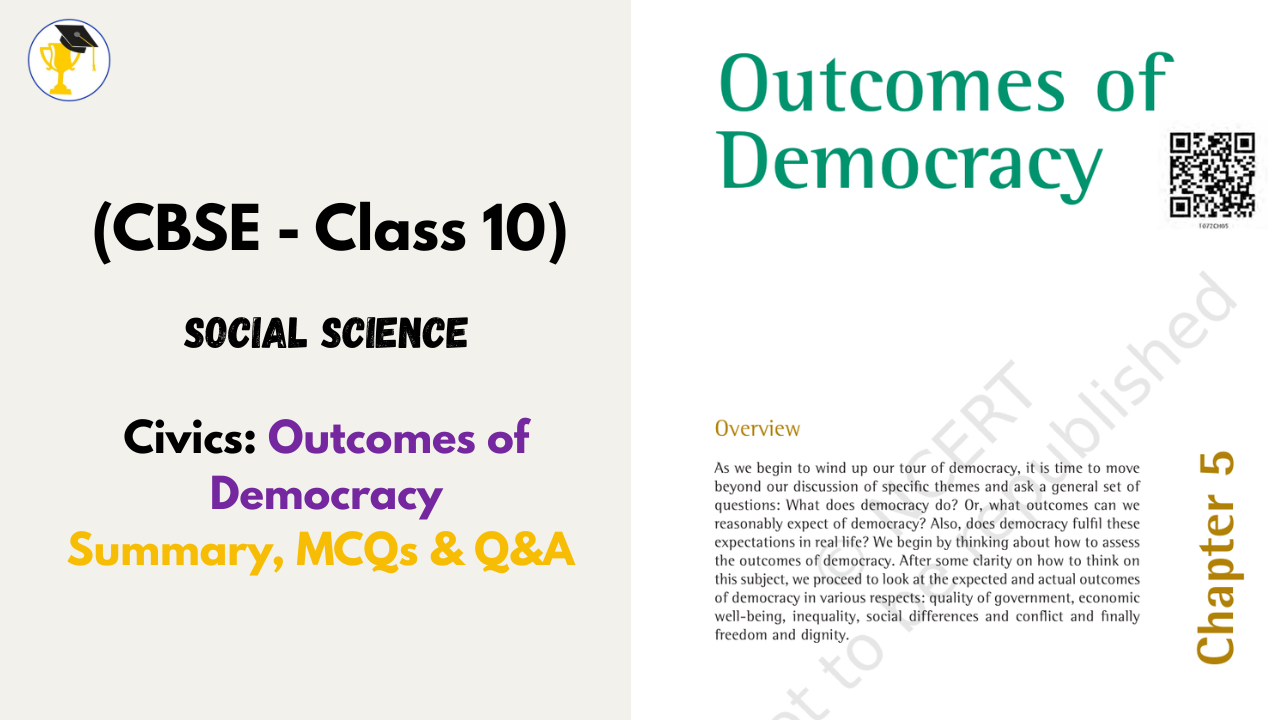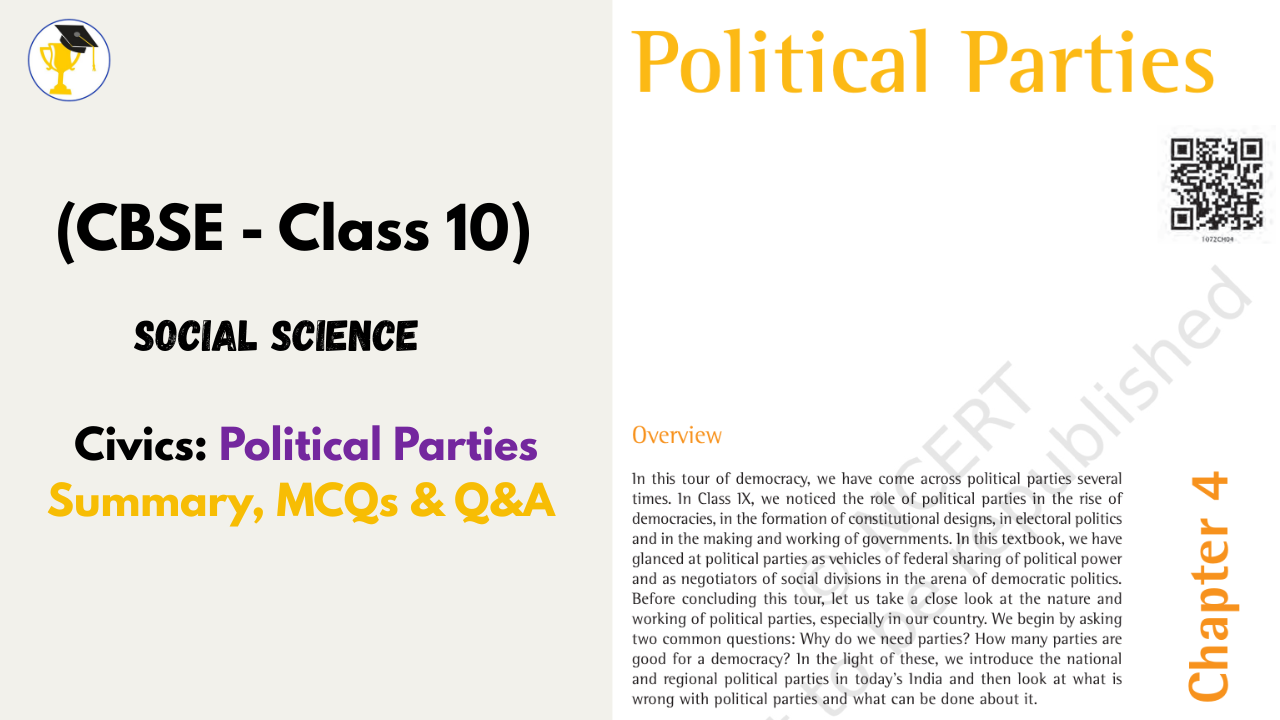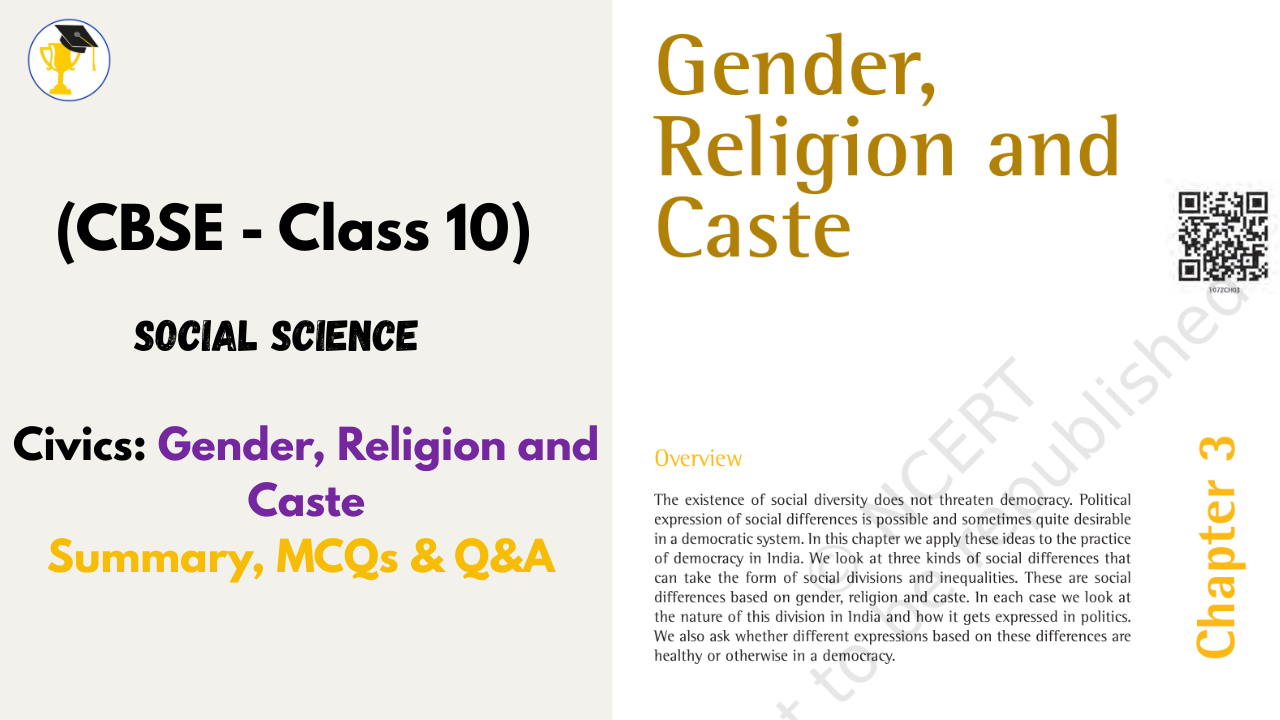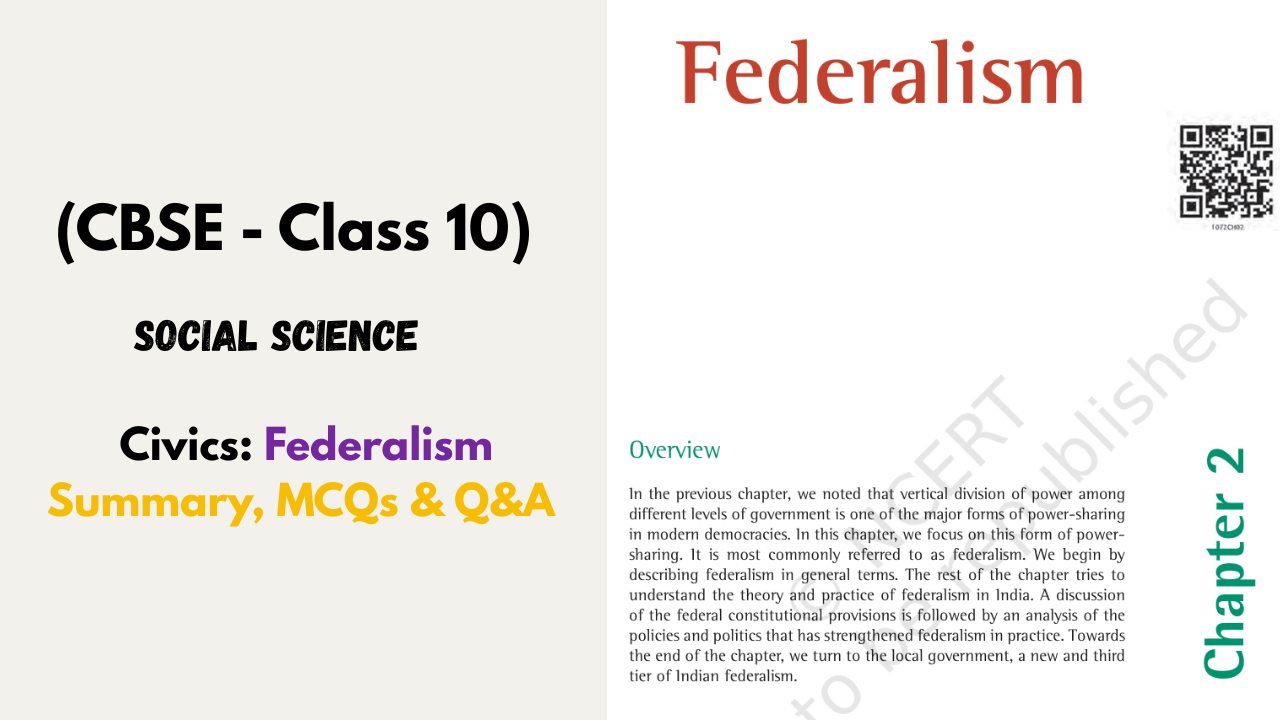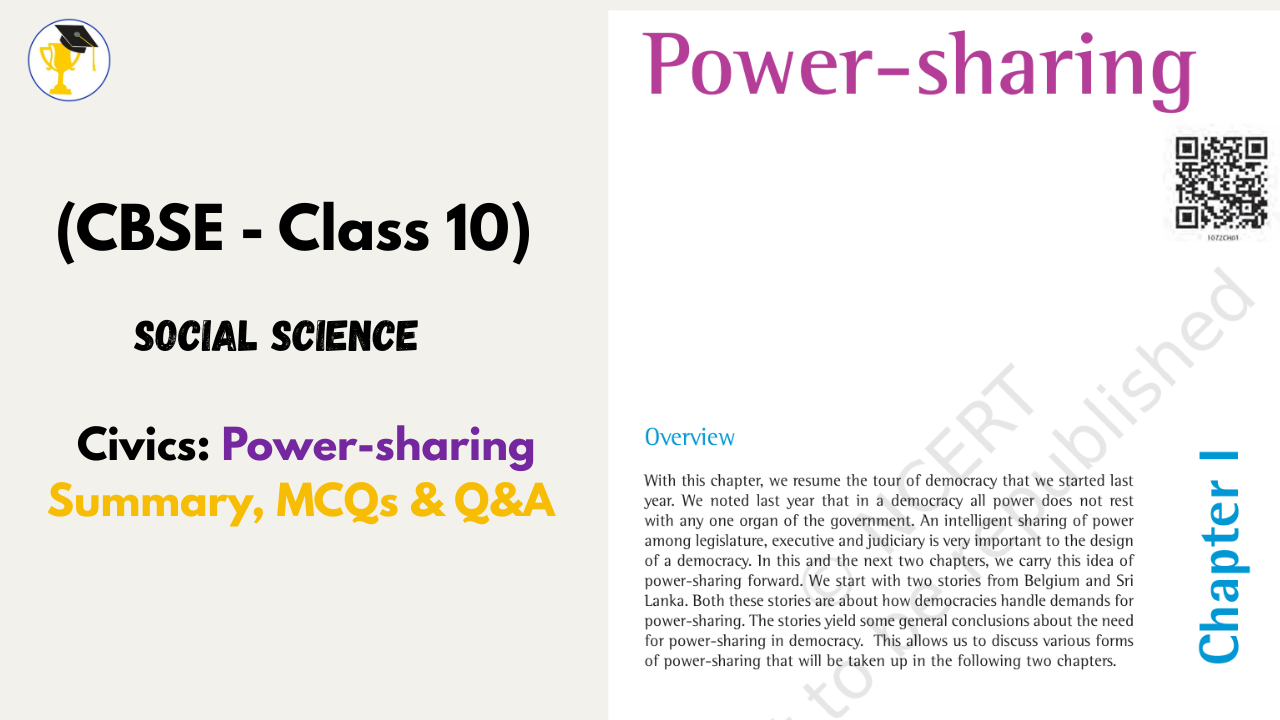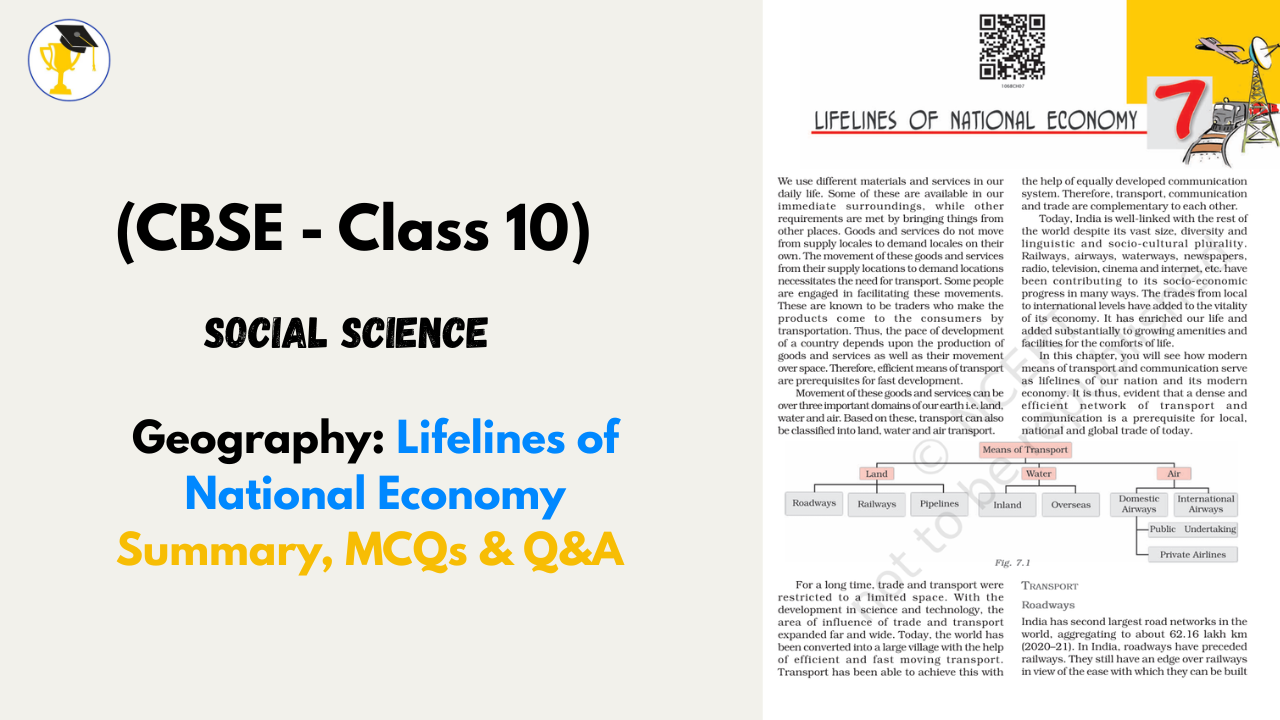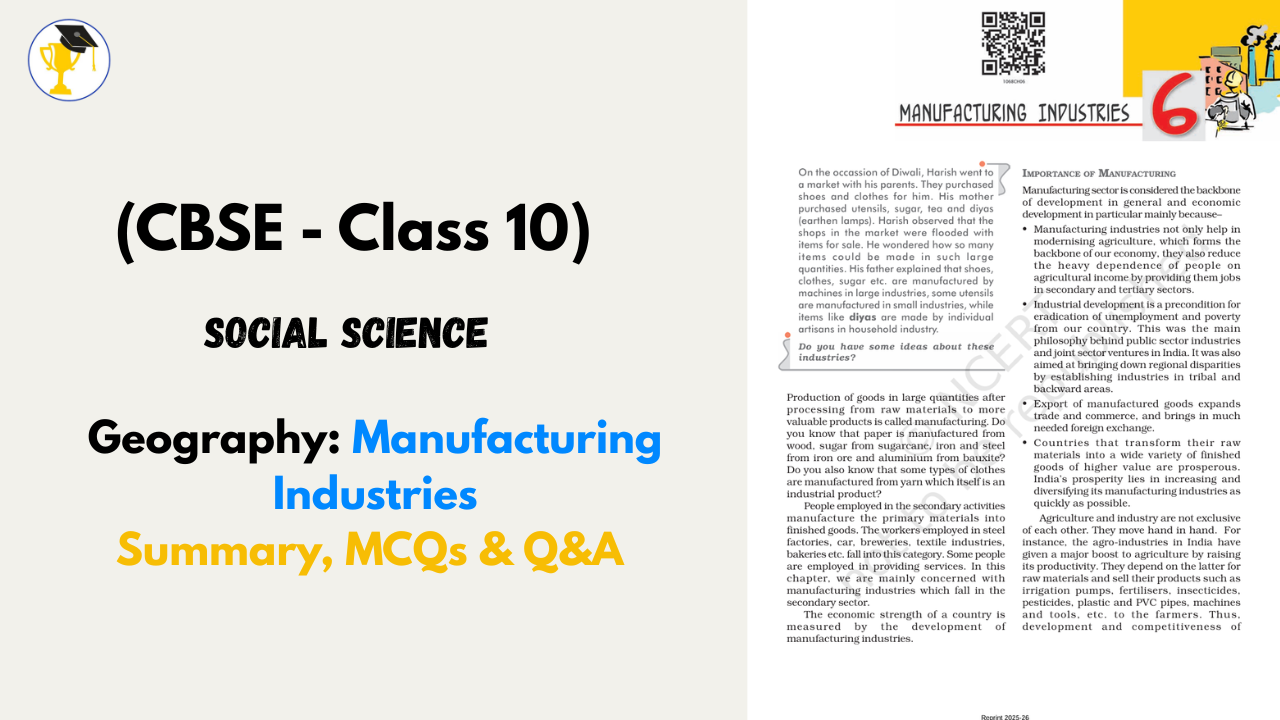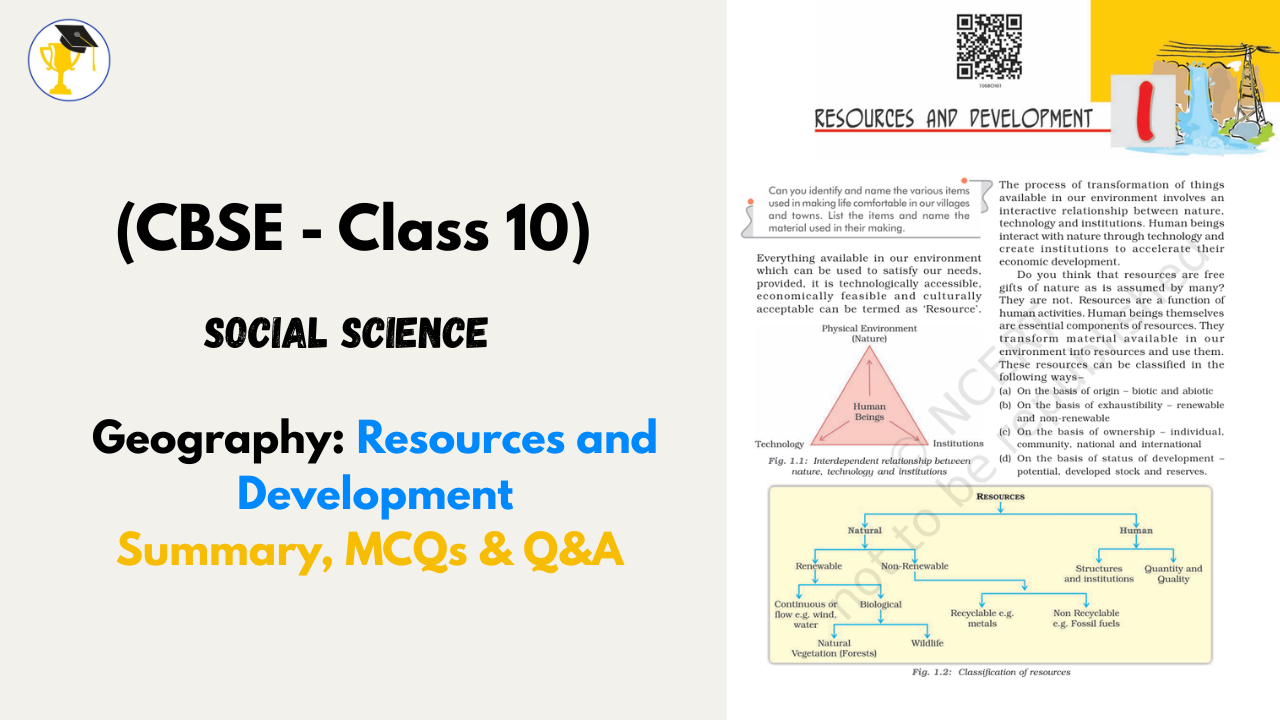Bangalore Medical College and Research Institute, Bangalore Admissions 2025: Courses, Fees, Cutoffs, Placements & Ranking
Bangalore Medical College and Research Institute (BMCRI), Bangalore
Empowering Healthcare Through Excellence in Medical Education Since 1955
Bangalore Medical College and Research Institute (BMCRI), one of India’s premier government medical colleges, stands as a beacon of academic brilliance and clinical excellence in the heart of Bengaluru. Established in 1955 under the aegis of the Mysore Medical Education Society, and later handed over to the Government of Karnataka in 1957, BMCRI has grown into a nationally recognized institution affiliated with the Rajiv Gandhi University of Health Sciences (RGUHS) and approved by the National Medical Commission (NMC).
Strategically located amidst Bengaluru’s top government hospitals, BMCRI offers its students an unmatched learning experience, blending rigorous academics with hands-on clinical exposure. The institute is attached to renowned teaching hospitals including Victoria Hospital, Vanivilas Women & Children’s Hospital, Bowring & Lady Curzon Hospital, Minto Eye Hospital, and a state-of-the-art PMSSY Super-Specialty Block — collectively serving lakhs of patients each year and offering over 3,000 clinical beds.
Academic Excellence and Programs
BMCRI offers a wide range of undergraduate, postgraduate, super-specialty, paramedical, and diploma courses in medicine and allied health sciences. Its flagship MBBS program, with an intake of 250 students annually, is among the most sought-after in the country, admitting students through NEET-UG. The college also offers more than 130 seats in MD/MS programs and several DM/M.Ch. super-specialty courses via NEET-PG and NEET-SS. Additionally, the institution runs B.Sc., diploma, and fellowship programs across multiple healthcare disciplines.
BMCRI is known for its strict academic standards, experienced faculty, modern skill labs, simulation centers, and robust research infrastructure, making it a preferred destination for medical aspirants across India.
Rankings, Recognition & Impact
Regularly ranked among the top 15 medical colleges in India, BMCRI is acclaimed for its affordable, high-quality education and deep commitment to public healthcare. It produces hundreds of skilled medical professionals each year, many of whom go on to serve in prestigious hospitals, research institutions, and public health sectors globally.
The college’s legacy is enriched by its vibrant alumni network, dedicated to elevating medical standards through research, innovation, and community outreach.
Beyond Academics: Research, Training & Public Health
BMCRI promotes a research-driven environment, encouraging students and faculty to participate in clinical trials, public health programs, and academic collaborations. The institute is a hub for advanced learning and community engagement, regularly conducting medical camps, CME programs, and public awareness initiatives.
Its partnership with ISRO for telemedicine services, focus on digital health infrastructure, and commitment to producing ethically grounded, socially responsive doctors make BMCRI a forward-looking institution with a heart for service.
Courses & Seat Intake
Undergraduate (UG)
-
MBBS: 5.5 years including 1-year rotating internship. Intake: 250 seats (85% state quota, 15% All-India Quota) via NEET-UG
-
B.Sc. Nursing: 50 seats (admission via KCET/NEET-UG) and Post-Basic B.Sc. Nursing: ~40 seats
-
Paramedical Diploma/B.Sc. programmes: Total ~420 seats across ophthalmology, OT tech, lab tech, radiotherapy, dialysis technology, health inspector, medical records etc.
Postgraduate (PG)
-
MD/MS: Approximately 135 seats, with specialisations including Pediatrics, General Medicine, Pathology, Anesthesia, Surgery, Dermatology, Ophthalmology, Orthopaedics, Anatomy, Psychiatry, Physiology, Pharmacology, Forensic Medicine, Community Medicine, etc. Admission via NEET-PG
Super-Specialty
-
DM / M.Ch.: ~12 seats in areas like Cardiology, Neurology, Pediatric Surgery, Urology, Plastic Surgery, Neurosurgery, Gastroenterology; seats may increase post PMSSY block completion
Diploma & Fellowship
Fees Structure (Indicative)
MBBS
Other courses (approx ranges)
-
UG paramedical/ B.Sc. Nursing: 50,600 to 2,69,325 (INR)
-
PG MD/MS: 56,770 to 3,42,450 (INR)
-
M.Ch/DM and advanced courses: up to 6.8 lakh in total
Cutoffs (NEET-UG for MBBS)
-
For General category, All India Quota closing rank in 2024 round 1 was around 1,345; opening rank about 4,140
-
For State quota general category, closing ranks historically range around 4,000–7,000 depending on round and domicile status
-
Category-wise cutoffs vary: as low as ~6,996 for SC/ST AIQ, and up to ~54,948 for General PH in AIQ from past data
Clinical Exposure & Infrastructure
-
Major associated hospitals include Victoria Hospital, Vanivilas Women & Children’s Hospital, Minto Ophthalmic Hospital, Bowring & Lady Curzon Hospital, PMSSY super-specialty block, Nelamangala Taluk Hospital, and more — jointly offering over 3,000 beds and high-volume patient exposure across medical disciplines
-
Facilities include modern lecture theatres, digital library, advanced skill labs, clinical skills centre, large hostels, auditoria, gym, sports courts, canteen, and telemedicine facility (in partnership with ISRO)
BMCRI Placements: At a Glance
-
No formal campus placement drives are conducted, as BMCRI follows a medical training–focused career path rather than corporate recruitment.
-
The institute facilitates mandatory clinical internships in its affiliated government hospitals—namely Victoria Hospital, Bowring & Lady Curzon Hospital, Vanivilas Women & Children’s Hospital, Minto Eye Hospital, and the PMSSY Super-specialty Block. These internships effectively serve as on-the-job training.
-
Nearly 100% of graduates transition into clinical roles or pursue higher studies, leveraging their internship exposure.
Top Recruiters & Career Pathways
Government Hospitals and Public Health Facilities
Private Hospitals & Healthcare Institutions
-
Many alumni go on to serve in hospitals such as St John’s Medical College Hospital, NIMHANS, Fortis, Apollo, Columbia Asia, and Manipal Hospital, post-residency or higher education.
Postgraduate and Super-specialty Training
-
A significant proportion of graduates join MD/MS/DM/M.Ch. programs via NEET-PG or NEET-SS. Some pursue fellowships in cardiology, neurosurgery, gastroenterology, or ophthalmology. These pathways significantly boost clinical exposure and long-term earning potential.
Placement Statistics & Salary Rundown
| Category |
Info |
| Highest Package |
Not officially disclosed; internships in hospitals are typically paid (stipend model) |
| Average Package |
Not tracked as regular "placement packages" due to the nature of clinical employment |
| Placement Rate |
~100% of graduates engage in clinical—but paid—roles or pursue further studies |
| Top Recruiters |
Public sector hospitals and notable private medical institutions like those mentioned above |
Why BMCRI Graduates Are In Demand
-
Unmatched clinical exposure: With high patient volumes across multiple hospitals, students graduate with strong practical skills.
-
Guaranteed hands-on training: The institution’s mandatory internships act as career launchpads, ensuring students directly transition into clinical settings.
-
Strong academic foundation: Government-backed tuition and affiliation to RGUHS reinforce BMCRI’s reputation for producing high-caliber professionals.
-
Career versatility: Graduates often move into government service, pursue postgraduate medical training, engage in research, or join the private healthcare system.
BMCRI Hostel Facilities:
| Feature |
Details |
| Hostel Accommodation |
Separate hostels for UG boys, PG boys, UG girls, and PG girls |
| Hostel Names & Locations |
Boys: Bheema Hostel (near Rayan Circle), Tunga Bhadra Hostel (on-campus), and another near Palace Road; Girls: Kaveri Hostel (on-campus), PG ladies hostel in Chamrajpet |
| Room Sharing |
Typically 3–6 students per room; first-year UG often allotted 6 per room (double/triple sharing in subsequent years) |
| Room Features |
Furnished rooms: bed, study table, chair, wardrobe, attached toilet in many cases; basic storage space provided |
| Dining / Mess |
Central mess per hostel; accommodates 100+ at a time; students reported 3,500–5,000/month mess bill, with 50000/- or so deposit for 6-month advance at entry |
| Hostel Fees & Deposits |
Deposit ~7,025; room rent ~248/year; hostel fees ~15,000/year (some sources slightly vary) |
| Amenities & Common Areas |
Gymnasium in boys' hostel, recreational/study rooms (e.g. study halls for 60 and 20 students), guest room, sports & entertainment hall, water coolers, security personnel |
| Food & Hygiene |
Food considered “decent to good”; South Indian menu predictable; quality varies by hostel — Bheema reportedly better, Tunga/Varuna more basic |
| Proximity to Campus |
Most hostels are within a 1 km walk to college and teaching hospitals; one UG boys hostel is on-campus; girls’ hostel near campus too |
| Safety & Supervision |
Wardens appointed; secure environment; common areas monitored; girls’ hostels co-located within campus providing better visibility |
 STUDY MATERIALS
STUDY MATERIALS
 ONLINE COURSES
ONLINE COURSES
 MORE
MORE

